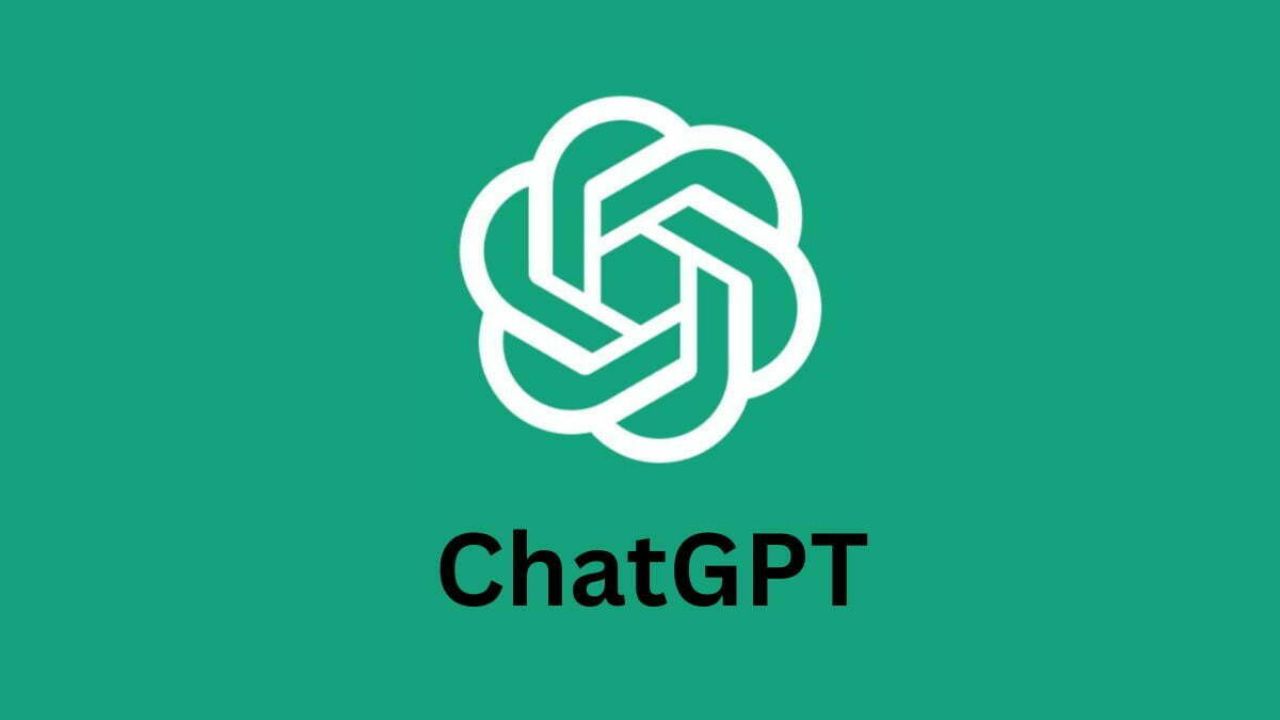Note: This is a guest post written by Dan Martin
Managing employees is a difficult task no matter where they are located. But it can be really challenging when those employees are working remotely. How would you track their productivity and performance? How would you ensure that your remote workers are staying engaged with work and meeting their targets? This is where RRM will come in.
There are digital monitoring solutions available in the market to help you with these tasks. Remote Monitoring and Management (RMM) can help businesses that are looking for ways to track, manage, and analyze multiple workers remotely.

Introduction to Remote Monitoring and Management (RMM)
Remote Monitoring and Management (RMM) is one of the best ways to monitor the performance of your workers wherever they may be situated. RMM provides a comprehensive tool for IT managers and Managed Service Providers (MSPs) to monitor and control client devices remotely.
RMM consists of a management console and an agent installed on the client’s device. The central management console allows users to gain access to all their devices in one place. This includes 24/7 monitoring of systems through a single dashboard. It provides updates on the patching activities of the workers’ computers and servers, as well as several other tasks that can be remotely accessed.
The installed agent enables users to execute automated tasks such as patch installation, application deployment, and policy management. With RMM, managing multiple remote workers becomes a whole lot easier. It helps you increase productivity while reducing operational costs.
What Are RMM Tools
Remote Monitoring and Management (RMM) tools are essential for Managed Service Providers (MSPs) to maintain their remote teams’ operational performance. RMM tools are a subsection of system monitoring tools. They typically have features to track issues and monitor systems remotely.
With an RMM tool, MSPs can see which of their clients have technical issues that need to be addressed and respond accordingly. No matter where the location of those clients is. The following are some of the uses of RMM tools:
- It tracks the performance of workers remotely, especially those in different locations.
- It assigns and manages employee workloads in a more efficient and effective way.
- It monitors workers’ activities for the organization’s compliance and security.
- It analyzes company data for troubleshooting and better decision-making.
RMM Software and Its Benefits
RMM software allows MSPs to have greater visibility over their remote workforce. It gives them an advantage when it comes to managing multiple teams from different locations. This is why RMM software is one of the best tools to track, manage, and analyze multiple remote workers.
Below are the core benefits of using RMM software:
- It allows organizations to effectively standardize policies and settings across their client base. This helps ensure that all remote users have the same level of security, have the same access rights, and utilize the same configurations from any location or device.
- It helps streamline everyday administrative tasks like monitoring system performance or deploying compliance reports, making it easier to track employee activity.
These solutions provide administrators with the control they need over remote IT management tasks so they can keep a finger on the pulse of their users’ systems.
RMM software can assess the health of remote endpoints and networks and check installed services. It comes equipped with dynamic scripting abilities which can be used to execute commands across multiple computers simultaneously. This ensures that any potential issues or changes needed can be quickly identified and addressed.
What to Look For When Choosing RMM Tools
To track, manage and analyze multiple remote workers, there are impressive solutions available in the market nowadays. The best RMM tools should:
- Enable MSPs to remotely and proactively manage customers’ endpoints, networks, infrastructure, and more.
- Provide automation and remote access for troubleshooting workstations and servers on customers.
- Patch management to update third-party applications and operating system components.
In addition to providing automated patching, which can often save time and money for organizations employing multiple remote workers, RMM software may also include features like:
- Custom reporting for tracking performance
- Real-time alerts when server problems occur
- Advanced scripting capabilities
- Application control & usage reporting
- Remote computer inventory management & reporting
There is no single ‘best’ solution when it comes to choosing an RMM tool. The right solution will depend on your organization’s specific needs. With such a range of options available, there is sure to be something that meets your requirements.
Benefits of Tracking Remote Workers Using RMM Software
Using RMM tools to track, manage and analyze multiple remote workers can bring great benefit to your company. These tools can increase employee productivity, improve communication between workers and managers, and accurately bill clients for their work.
Increase Employee Productivity
RMM tools provide comprehensive tracking of employee activity, allowing organizations to better understand the time it takes to complete tasks. This visibility helps managers identify areas where employees are falling behind or can create roadblocks to completing tasks efficiently. Additionally, these tools allow remote team members to get insight into their products and make adjustments as needed.
Improve Communication
Communication issues often arise in remote work scenarios. RMM tools help by offering transparency across the entire organization. From managers to employees, everyone is on the same page about project progress and status updates. This also makes it easier for teams to collaborate and stay organized with task assignments.
Accurately Bill Clients
For businesses that need to invoice clients for their services, RMM tools provide an easy way to do so accurately and quickly. These tools track all activity in real-time, so you’ll have a full record of how much time was spent working on each project or task; this makes it easier than ever before to send out accurate invoices that accurately reflect work done.
Choosing the Best Helpdesk System
Choosing the best helpdesk system for your remote workforce is essential for tracking, managing, and analyzing their progress. However, this can be a daunting task with many of the top helpdesk software solutions offering a robust set of features and various pricing levels.
When considering which helpdesk software solution to choose, it’s essential to do a comparison based on the following:
- feature set,
- pricing,
- value propositions, and
- and other factors such as after-sales service.
This will help you narrow down the options to find the best one that fits your needs.
Many helpdesk software solutions can help increase customer satisfaction by providing visibility into issues and responses. They also offer features like ticketing systems, customer engagement tools, and integration with third-party services. Additionally, some solutions provide insights into customer engagement data which can give you an idea of how well each team member is performing compared to others. This can be invaluable when trying to track the productivity of your remote workers over time.
Author’s Note
It’s essential for any business that has multiple remote workers to have a reliable RMM tool. From allowing you to remotely access and manage devices from any location to providing detailed analytics to streamline your processes, the right RMM tool can be a powerful ally. It makes your remote workforce productive and efficient.
Put simply, RMM software is the backbone of modern IT management solutions. It enables an organization to assess the health of its remote systems and networks. With the right RMM tool, you’ll be able to effectively track, manage, and analyze your multiple remote workers and keep your business running smoothly.






